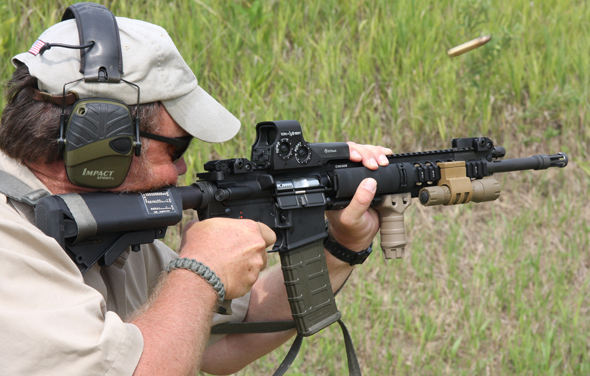
Patrick Sweeney looks at the Ruger SR556, the company's first AR-15-style carbine. Even a few years ago, this would have been unthinkable.
Traditionally, Ruger has not been known as a “tactical” gun maker, but the Ruger SR556 is changing that. Part of that is due to Bill Ruger and his background. Growing up in New England before WWII, he basically came to business with the old-money blueblood attitude, and took that attitude into politics. (Or, at least as much politics as a gunmaker gets dragged into.)
He designed machine guns during WWII, and after the war he designed and built products for the sporting market that were breathtaking in their utility, and used production methods that didn’t just “bend the cost curve” but hammered it flat. The Ruger Standard, later the Mk 1, a .22 LR pistol that sold for half of what the comparable Colt product did, was just the start.

Focused on making better and more-affordable hunting rifles and handguns, he really wasn’t plugged into the defensive market. And, to be fair to the late Bill Ruger, the defensive market as we now know it really didn’t exist for the first couple of decades he was designing and making firearms.
As a result, when it came time to confront the growing plague of gun control efforts, he simply (from my view, anyway) fell back on the educated upper-class N’Easterner attitudes he’d grown up with. To whit: men of good intentions can get along, and learn to compromise, and everyone will be happy and benefit. Too bad he was in a back-alley knife fight with uncompromising opponents.
After the infamous “I don’t know why a law-abiding citizen needs a magazine bigger than that” episode, Ruger was off the buyer’s list for a lot of shooters. I know of shooters who for a long time would not allow a Ruger firearm into their home. Not only would they not buy them, they wouldn’t have any of them where they exercised control: their castle. And when they did move into the new-to-them market segment, Ruger didn’t move into the defensive arena with much authority, certainly not with the authority it had brought to the struggle with Colt, Remington and S&W.
That has changed recently. With the introduction of the SR9, a striker-fired hi-cap 9mm pistol meant for defensive carry, and its follow-up the SR9c, plus the LCR and LCP, Ruger clearly was taking the defensive-arm struggle to its competitors. Even with a thorough game plan and preparation, Ruger was unprepared for the reaction to a proper entry into the defensive firearms market. They announced the LCP (Light Carry Pistol), a compact .380, at the SHOT show. A four-day national industry convention, it is where many manufacturers unveil new products.
By the end of the show, Ruger had orders for some 50,000 pistols. A month later, they had orders for over 100,000. When they announced the SR9 a year later, the demand was so great that Ruger stopped production of all other products at the Prescott, Arizona, plant except for the LCP and the SR9.
Those two pistols alone were requiring more production capacity than the entire plant, devoted to the entire rest of the Ruger pistol line beforehand, could provide. Ruger spent quite some time even getting close to catching up. So, it was with great interest that a bunch of us gun writers recently gathered at a private range for a writers-only retreat. There, we had manufacturers showing us the guns, gear and ammo that they’d be unveiling for the public months or nearly a year after our little soiree.
Everyone was waiting to see what new bombshell Ruger would unveil. A new snubbie revolver? A pistol in .40 S&W? When the SR556 came out into view, the crowd was stunned nearly speechless. (And when you consider the crowd, that’s quite a feat.) Not at the sheer technical prowess of the product, but rather at the amazing fact that this was a Ruger-made AR-15. Not something someone else made, re-branded, but a Ruger rifle, from the large to the small parts.
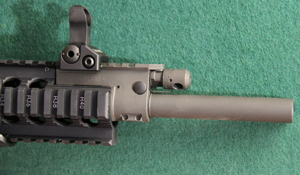
And a Ruger design in the heart of it, too, for it is a piston-driven gun. At the range session later that day, we took turns doing the obligatory “piston gun demo” where we each shot a magazine or two quickly, removed the bolt, and held it in our hands to show how cool it was. When it was my turn in front of the camera, I quipped, “We now know that the end of the world is near. This is a Ruger.”
And it is quite the blaster, too. When it comes to entering the AR market, Ruger did not do as others had done, and enter at the basic-gun end of the market. As a manufacturing and marketing decision, that was a good one. The AR buying craze was in full swing when Ruger brought theirs to market, but anyone with any business sense knows that balloons don’t last forever. When the bubble bursts, the low-margin basic (fill in the blank) segment of the market takes more than a beating; it becomes a bloodbath.
So Ruger pulled out all the stops when it came to the SR556.
First of all, no, it is not the HK416 in US-made guise. Not that I have any feelings, good or bad, towards the HK 416. While I’m admiring of the engineering that went into it, I also think they (in typical HK/German fashion) over-engineered the thing. Had Ruger copied the design, and if HK had any patents on it, then by all means, HK would sue Ruger and I’d be in favor of it. If HK hadn’t patented any of it, and Ruger copied it, well, too bad/so sad. As much as I’m a proponent of the defense of intellectual property rights, if you don’t patent it, too bad.
Were we to declare otherwise, the late Soviet Union, via their agent Mikhail Kalashnikov, would have owed the estates of John Moses Browning and John Garand money for every AK-47 and -74 they’d made. (And since Garand was a government employee, any of his designs belonged to the US, and thus the Soviet Union would have been paying us.) Short answer: it isn’t any kind of patent infringement.
The Ruger design is a short-stroke non-venting system that uses an internal piston in the gas block and a spring-loaded transfer rod to drive the carrier. It is their own design.

The movement of the piston is the control (and the adjustable throttle, more on that in a bit) and is what regulates the transfer rod movement. Only so much gas can go through the gas port and drive the piston, and excess pressure simply drives the piston harder, but not all of that excess is delivered to the transfer rod. But, we’re getting a bit ahead of ourselves, so let’s start from the beginning.

Once you get past all the “whose design did they use?” nonsense, you get to enjoy the wonder that is a Ruger offering in this day and age. The box itself is a cardboard carton with “SR-556” and the Ruger logo printed on it. I suspect in 50 years (assuming we still have guns, or a civilization) that the cardboard box itself will be a hot item in the collector’s market, since most users will simply toss it.
Inside that is a relatively discreet rifle carrying case in black synthetic cloth, with the Ruger logo and name bonded to it, in red. The rifle itself comes with three Magpul PMag30 magazines, black windowless, a set of rail covers, an owners manual, and the Federally-mandated lock. (I sometimes wonder which of our legislators had a family business in the lock industry.) There’s no cleaning kit and no sling, which is fine by me. I have a box full of factory-supplied cleaning kits and slings (and padlocks) that I never have a need for, so leaving them out doesn’t hurt me in any way. But if you were expecting a cleaning kit or sling and don’t currently have one of either, you’ll have to buy one of those on your own.
The rifle itself? Oh, boy. The lower is a small-pin (there had been some early rumors that Ruger had used the same large-diameter hammer and trigger pins that Colt used for a couple of decades. Wishful internet rumor-mongering, I’m glad to tell you) mil-spec lower marked “safe” and “fire” that, were it not marked with the Ruger lower, would not be distinguishable from any of the host of other mil-spec built semi-auto lowers. It has a Hogue rubber pistol grip with the Ruger logo in it and a six-position telestock with the Ruger logo moulded into it. The safety is not ambidextrous, and the trigger pull is a thoroughly acceptable mil-spec trigger pull.
That is, it is creepy, gritty, and a bit on the heavy side as it comes out of the box. And, just like all the other milspec triggers I’ve ever used, I expect it to improve a great deal with a little bit of dry-firing and use. Ruger has had a reputation for some time of providing “lawyer-proof” triggers on their products. Maybe yes, maybe no, but in this instance we can lay the trigger at the feet of the government. That is, mil-spec.
As plain, ordinary and unremarkable as the lower is, the upper is where all the action is.
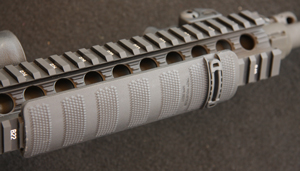
First, the upper receiver is a flat-top, machined from a forging, complete with forward assist and ejector lump. The railed, free-float handguards are made by Troy Industries, and they’re marked with the Ruger name and logo. There is another interesting detail to them: they are secured to the upper. There are a pair of roll pins in the upper, one on either side of the joint between the receiver and the handguards at the top, and a single, much bigger one on the bottom.
Clearly, they pin the two together, a good idea with a piston system running in between. The handguards are surmounted by a set of Troy sights, both folding, front and rear. While made by Troy, they are marked with the Ruger name and logo. While Ruger has outsourced primo parts on the items they themselves do not make, they want to make it absolutely clear just whose rifle this is. (And it isn’t your Father’s Buick, for those who remember the old ad campaign.)
The gas block is pinned to the barrel, and the gas regulator is adjustable. It has four settings, from “0” to “3,” and is meant to be self-regulating. Zero means no gas, so if you want to use your SR556 as a straight-pull bolt action rifle, go for it. The other three are increasing amounts of gas. The “1” setting is not meant as a suppressor setting, per se; it just delivers less gas. And the “3” setting is just more gas. Ruger recommends that you not use a setting any higher than needed to run reliably with the ammo you’ve selected. (Factory-new, no reloads, thankyouverymuch.) Those lucky enough to have suppressors will probably run the Ruger on the “1” setting when they have the can installed.
Ruger recommends that ejection be directly out to the side, that is, ninety degrees to the direction you are firing. If it is “late” (Ruger’s term, not mine, nor a common description for ejection) and throws the empties to the rear, increase gas port size/number and keep shooting. If it is “early” (again, Ruger’s term) with brass going forward, turn the gas port/number to a smaller setting. My bet is that since Ruger ships it with the regulator set at “2” and most ammo will work just fine that way, that we’ll see lots of SR-556 rifles with the regulator frozen at “2” after hundreds or thousands of rounds fired.
Most shooters will fire a few rounds, see that the brass is exiting the area with sufficient alacrity and enthusiasm, and ignore the regulator afterwards. And, most shooters being most shooters, they won’t go and wrestle the gas system apart after the first shooting and cleaning session. In a few years, I’d expect gunsmiths to start seeing Ruger SR-556 rifles with carbon-welded gas plugs in place, looking to have them removed for cleaning.
The Tactical Gear Magazine iPad app takes full advantage of the suite of features available to iPad users, provides an engaging way to interact with and learn more about tactical firearms and gear for self-defense, concealed carry, law enforcement and military use.
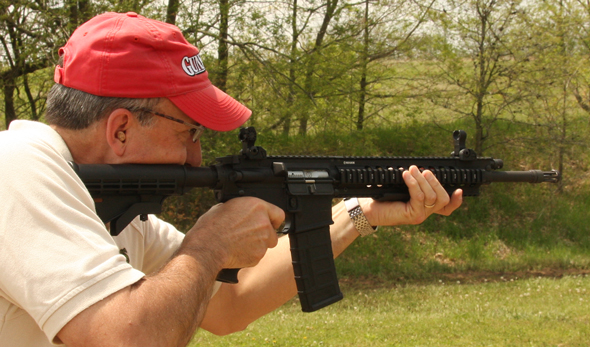
The two-piece piston, with the front part self-limiting as to the amount of travel it can experience, acts as a thrust regulator, in addition to the gas regulation setting you crank the front knob to.
The transfer rod connects to the thrust shoulder on the carrier. The carrier is machined with anti-tilt pads in the back, with an integral thrust shoulder, and the whole assembly – bolt, carrier, extractor, etc. – is chrome-plated. Right smack dab in the middle of the carrier, where you can see it when the dust cover is open, the carrier is marked with the Ruger logo.
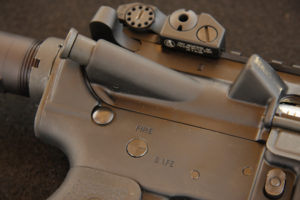
The barrel is a marvel, for those who have been somewhat accustomed to the barrels of the Mini14s of old. Unlike those, which were widely varying in accuracy (some shot OK; a few shot well; and most were only casually accurate), the SR556’s is hammer-forged out of 41V45 steel and has a Ruger AC556-style flash hider on the end. It is also chrome-lined, with a 5.56 chamber and a twist of 1:9. The last part is the only part that the cognoscenti have been able to muster a grumble about.
They’d prefer a rifle with a twist of 1:7, just like the military barrels have. Well, get used to it. A 1:9 will fully stabilize all the common ammo, everything from 68 grains on down. It won’t over-spin the varmint loads. It may even, depending on the individual rifle, stabilize the 75- and 77-grain loads. Ruger has clearly made a decision here that they expect the number of shooters using lightweight, fragile varmint bullets to outnumber (probably greatly outnumber) those who would otherwise be feeding the SR556 a diet of Mk262 Mod 1.
Ruger, in a not-at-all-surprising decision, also makes a model of the SR556 that is “neutered.” That is, instead of the flash hider and telestock, they make one (the SR-556SC) with the stock pinned open and the flash hider gone. It ships with ten-round magazines. So, if you live someplace where the politicians get an attack of the vapors at the thought of an “eeevil black rifle,” you can conform with relevant (albeit idiotic) state law.
Ruger lists the SR-556FB as tipping the scales at 7.94 pounds. My postal scale tells me this one comes in at 7 pounds, 13.3 ounces. That translates to 7.83 pounds, which surprised me. I had been hefting it on the walk to the scale, and was convinced it wasn’t the least bit less than 8.25. The apparent heft comes from the medium-to-heavy barrel profile, which brings the upper all by itself to 5 pounds, 11.7 ounces. That same barrel will valiantly resist heat and change of impact, due to its mass.
At the industry function, we enjoyed ourselves immensely, shooting up every round of ammo to be had. Partly it was the free ammo at the height of the ammo shortage, but it was due in no small part to the experience of shooting a Ruger-marked AR-15.
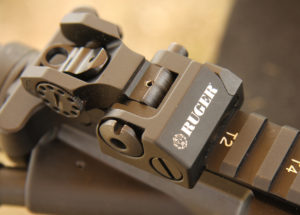
I waited a while once I had returned from the shoot, but Ruger finally sent me an SR556 of my own to test. On looking it over, I noticed a few interesting details. The serial number, for one, is done in two sets. The “SN” and the 590 prefix are done as one set of stampings, and the actual serial number of the rifle is a separate operation, done in a different font. The markings, the Ruger logo and “SR-556” are done as a different operation also. I wonder just how many stamping machines this poor lower has been through?
The castle nut and back plate of the lower have not been mil-spec staked at the notches, a small but telling detail. And the buffer weight is a standard, not an “H” weight.
Disassembly of the gas system is simple: push out the piston regulator retaining pin and the parts will simply come out the front. The transfer bar, and its spring, won’t come out. They are part of the gas block, and to remove them you’d have to drive out the pins holding the gas block to the barrel. Such work is not advised. If you really feel the need to clean or lube your transfer rod, I’d suggest a liberal application of cleaner/degreaser via an aerosol can, though the rail openings. Then spray lube afterwards. That detail of disassembly alone is enough to preclude military consideration of the SR556 design. Can you imagine an apopleptic Drill Instructor who cannot have rifles detail stripped?
In firing, the SR556 works just as you’d expect from a Ruger, and recoils just as you’d expect a nearly eight-pound AR to recoil. Lots of ammo downrange, not much push on your shoulder, and empty brass flung to the right, not so far away that you can’t easily find it.
As a premium rifle, the Ruger SR-556 comes with a near-premium price tag. But, once you total up the extras that come on it (railed, free-float handguard, piston system, three Pmags) the rifle becomes a much better-appearing deal. And in fact the gun-buying public can do such simple arithmetic, despite the hand-wringing over the sorry state of our schools.
Ruger has not been able to catch up with demand, not from the moment they announced the SR-556.
From Customization to Performance: Our Best AR-15 Insights
- Buyer's Guide to the Best AR-15 Rifles for Any Budget
- AR-15 vs AR-10 – How Stoner’s Rifles Stack Up
- Best AR-15 Parts & Accessories
- Building an AR-15 Lower Receiver – Putting The Internals Together
- AR-15 Upper Receiver – How it Works
- AR Pistol Brace Buyer's Guide
- Best AR Pistols – Affordable Options
- Best Calibers for AR-15 Rifles
This article is an excerpt from the Gun Digest Book of the AR-15, Vol. 3.

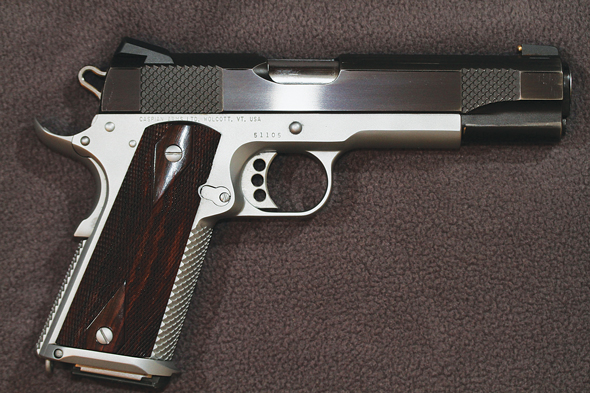
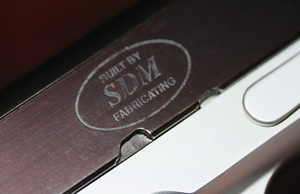
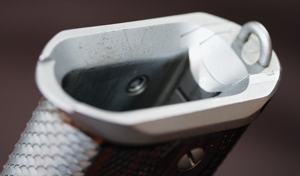




 New!
New! 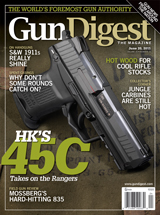




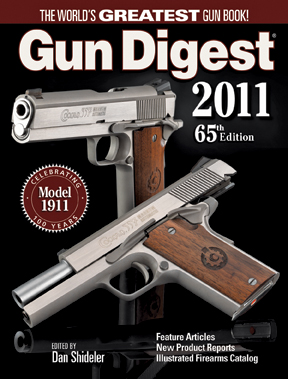 Gun Digest 2011, The World's Greatest Gun Book, 65th Edition
Gun Digest 2011, The World's Greatest Gun Book, 65th Edition 
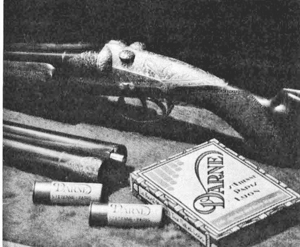
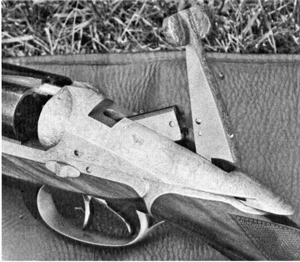
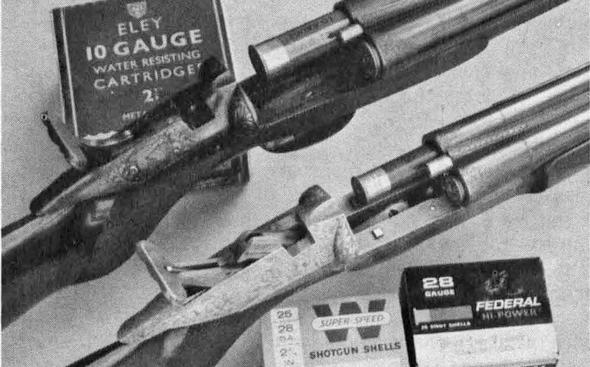
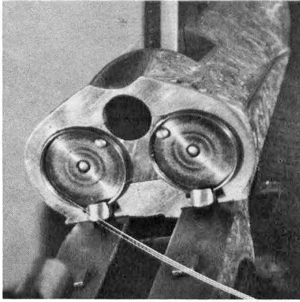

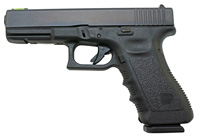


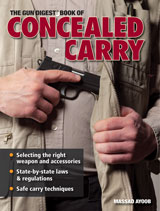


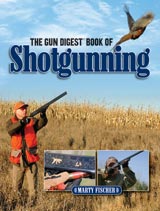

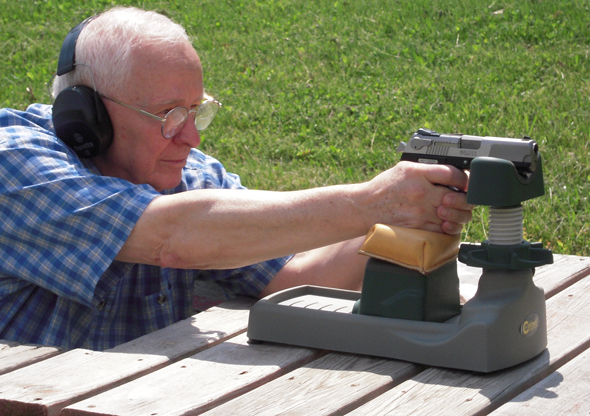
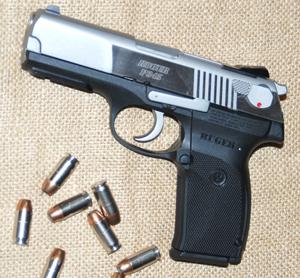
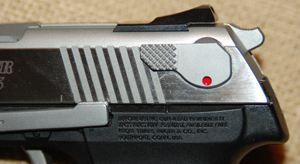


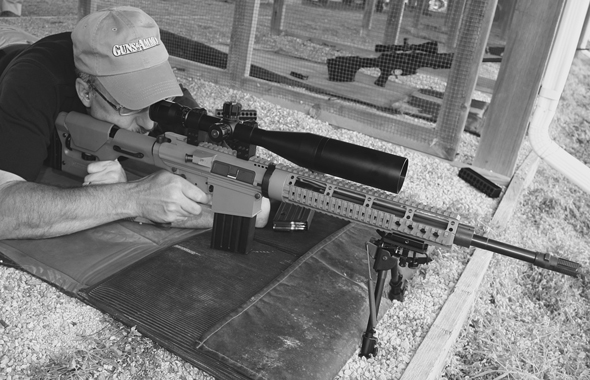

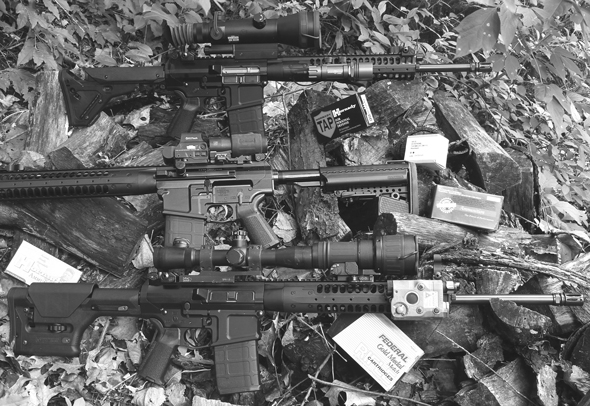

![Best Concealed Carry Guns In 2025 [Field Tested] Wilson Combat EDC X9S 1](https://gundigest.com/wp-content/uploads/Wilson-Combat-EDC-X9S-1-324x160.jpg)


![Best 9mm Carbine: Affordable PCCs [Tested] Ruger Carbine Shooting](https://gundigest.com/wp-content/uploads/Ruger-Carbine-Shooting-100x70.jpg)
![Best AR-15: Top Options Available Today [Field Tested] Harrington and Richardson PSA XM177E2 feature](https://gundigest.com/wp-content/uploads/Harrington-and-Richardson-PSA-XM177E2-feature-100x70.jpg)
